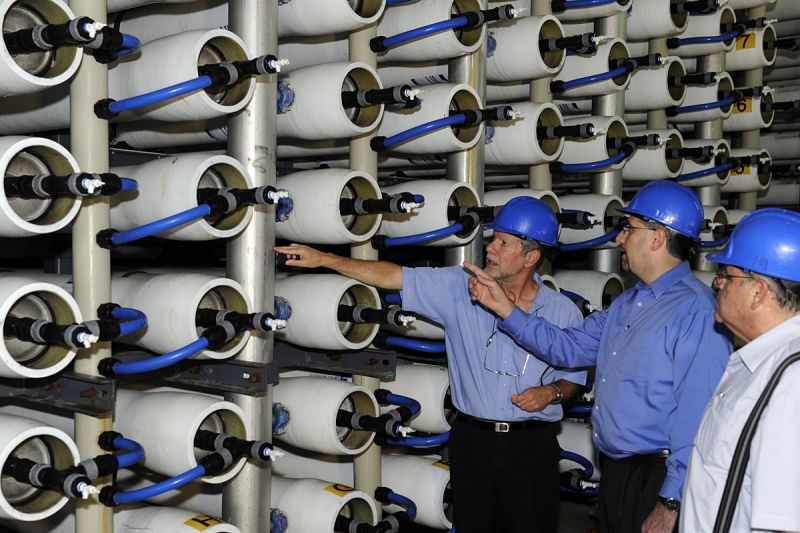Tellurium Nanoparticles Have Potential to Revolutionize Desalination Efficiency
Published on by Water Network Research, Official research team of The Water Network in Academic
Deer Horn Capital Inc. announces that, according to a recent article in the journal Science Advances, tellurium nanoparticles could triple the rate of evaporation for solar desalination. If effective on a commercial scale, the process could reduce the energy needed for desalination plants by ten times.
The International Desalination Association reports that there are currently more than 18,400 desalination plants operating worldwide, providing water for more than 300 million people in 150 countries. As the desalination industry makes advances in efficiency, these numbers are expected to grow.

Representative image, Source: Wikimedia Commons, Labeled for Reuse
Over half the costs of operating desalination plants comes from energy. According to the Science Advances article, published in the August 2018 edition, a broadband absorber made of tellurium (Te) nanoparticles with a wide size distribution can absorb more than 85% solar radiation in the entire spectrum. The temperature of the absorber irradiated by sunlight can increase from 29° to 85°C within 100 seconds.
These findings suggest that Te nanoparticles can provide an advanced photothermal conversion material for solar-enabled water evaporation.
The Deer Horn Au/Ag/Te property
As technology continues to discover new applications for tellurium, additional and reliable sources of tellurium will be needed. Deer Horn Capital is advancing a high-grade gold-silver-tellurium resource in west-central British Columbia at the company’s Deer Horn Project. Both the US Geological Survey (USGS) and First Solar Inc. have identified Deer Horn as one of the world’s notable epithermal tellurium properties.
Source: Deer Horn Capital
Media
Taxonomy
- Filtration
- Filtration
- Energy Efficiency
- Desalination
- Membrane Filtration
- Desalination Plant
- Energy Efficiency
- Desalination